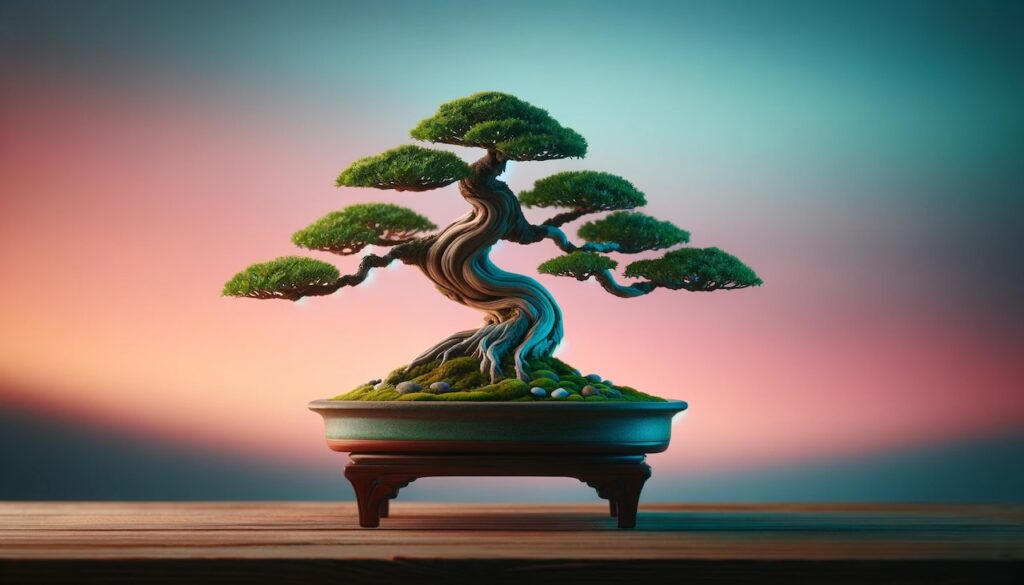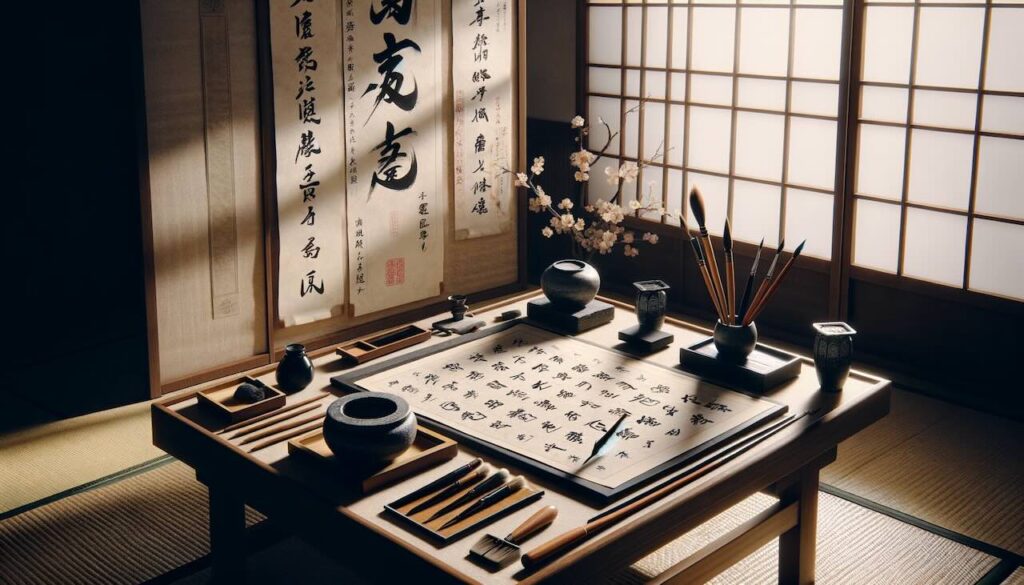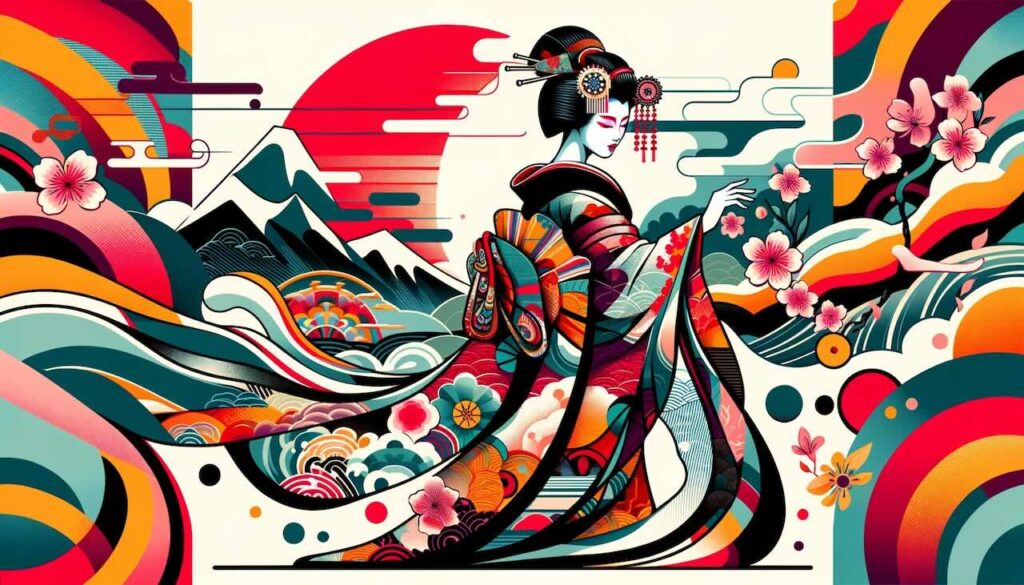Delicate, contemplative, and endlessly captivating, bonsai is more than just a potted plant—it’s a living expression of Japanese aesthetics, nature, and time itself. Though often associated exclusively with Japan, the art of cultivating miniature trees has deep roots in ancient China and has undergone centuries of transformation to become the cultural icon it is today.
Let’s explore the fascinating origins and evolution of bonsai, from its spiritual beginnings to its modern global reach.
Ancient Roots: From China to Japan
The story of bonsai begins with penjing, an ancient Chinese art form that involved creating miniature landscapes in shallow containers. Originating as early as the 6th century, penjing focused on recreating the essence of natural scenery.
By the Heian period (794–1185), Buddhist monks had brought this practice to Japan, where it began to evolve with uniquely Japanese values. The Sakuteiki, Japan’s oldest known gardening manual, includes early references to bonsai-like arrangements, signaling the art form’s growing importance.
The Zen Influence: Kamakura and Muromachi Periods
During the Kamakura period (1185–1333), bonsai gained spiritual depth under the influence of Zen Buddhism. Renowned monks like Muso Soseki and Ikkyu Sojun used bonsai as tools for meditation and contemplation, emphasizing simplicity, impermanence, and harmony with nature.
In the Muromachi period (1336–1573), bonsai became more widespread among the samurai class, including Shogun Ashikaga Yoshimasa, who reportedly had a strong appreciation for bonsai. Artistic documents like the Kuntaikansochoki reveal that bonsai appreciation was already integrated into elite cultural gatherings of the time.
Popularization: The Edo Period
The Edo period (1603–1868) brought bonsai to the common people. As urban culture flourished, so did gardening. Manuals like Kadan Chikinshō and Kadan Kōmoku taught everyday citizens how to care for their own bonsai trees.
Notably, bonsai was admired by literary figures such as Matsuo Bashō and Yosa Buson, who found poetic inspiration in its subtle beauty. Toward the end of the period, professional bonsai specialists began to emerge:
- Iida Sōjun, the bonsai master of Ueno Tōshō-gū Shrine, authored Hōzan Zensho, a technical guide on bonsai care.
- Merchants like Kobayashi Ichizō helped commercialize the art, spreading bonsai to a wider audience.
Global Recognition: The Meiji Era and Beyond
With Japan’s opening to the world during the Meiji period (1868–1912), bonsai began its global journey. At the 1873 Vienna World Exposition, bonsai trees displayed in Japan’s pavilion captivated foreign audiences.
In response to growing interest abroad, the Meiji government dispatched bonsai masters to Europe and the United States, introducing this refined art to the Western world.
The Taishō (1912–1926) and early Shōwa periods (1926–1989) saw the rise of kokufu bonsai—larger, more formal styles that laid the foundation for modern bonsai aesthetics. The publication of bonsai catalogues and exhibitions further fueled interest.
Bonsai in the Modern World
Today, bonsai stands as a beloved symbol of Japanese traditional art and an international hobby practiced by enthusiasts across the globe.
- In Japan, organizations like the Nippon Bonsai Association (founded in 1934) continue to support bonsai education and preservation.
- Regions such as Omiya Bonsai Village and Kawaguchi Bonsai Village serve as hubs for professional cultivation and cultural exchange.
- Globally, the World Bonsai Friendship Federation, established in 1989, connects over 50 countries and regions, promoting bonsai as a tool for peace, cultural diplomacy, and environmental awareness.
Conclusion: Nature, Patience, and the Human Spirit
Though its roots lie in Chinese penjing, bonsai has flourished into a uniquely Japanese art form shaped by Zen philosophy, poetic expression, and aesthetic minimalism. From the serene study of monks to the hands of haiku poets and modern designers, bonsai continues to captivate hearts with its quiet power.
To care for a bonsai is to engage in a mindful relationship with nature—an act of creation that unfolds over months, years, or even centuries. In a fast-moving world, bonsai invites us to slow down, observe, and appreciate the timeless beauty of life in miniature.


